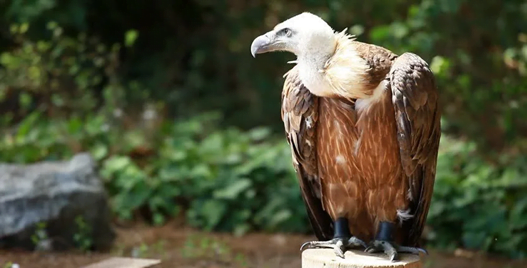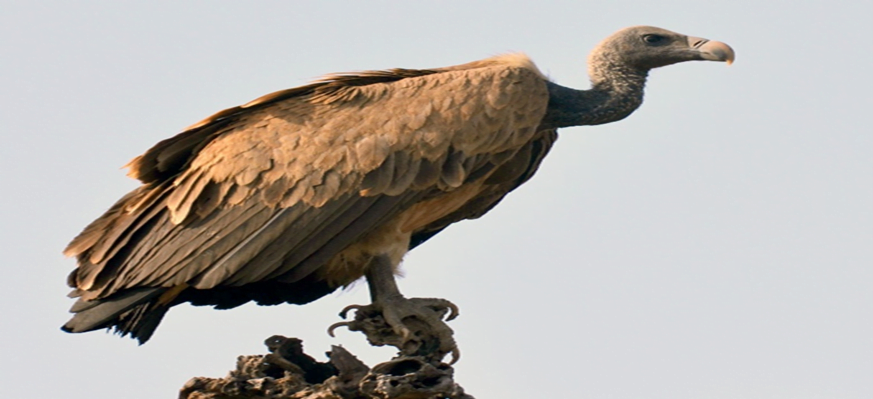Environment & Ecology
In News: A study by University of York in the UK, tracked 26 African white-backed vultures fitted with GPS tags for four years over southern Tanzania.
African white-blacked vultures:

- It is the most common vulture species in the continent of Africa.
- The birds travelled long distances, with one bird visiting eight countries in southern Africa like Tanzania, Zambia, Zimbabwe, Botswana, Mozambique, the Democratic Republic of the Congo, South Africa and Namibia.
- Vultures mostly forage early in the day outside Protected Areas (PAs).
- They avoid areas with high livestock density while feeding and did not use cattle as a main food source.
- If threats such as poison-laced carcasses are removed from these places, the decline in vulture populations can be stemmed.
- IUCN status: Critically Endangered
Indian Vultures:

- These are native to India, Pakistan and Nepal.
- The Indian vulture is medium-sized and bulky, they are slow breeders that live long.
- Its wings are broad and its tail feathers are short. Its head and neck are almost bald, and its bill is rather long.
- Vultures in India also forage mostly out of protected areas. They travel long distances every day while foraging for food.
- However, Indian Vultures feed on livestock.
- Due to this, a drastic crash in vulture populations is seen in India due to the use of diclofenac in veterinary treatment, mainly on cattle.
- IUCN status: Critically Endangered
Threats:
- Population decline
- Captive-breeding programs
- Widespread use of drugs such as diclofenac
- Rotting of carcasses formerly eaten by vultures causing collapse of animal disposal system
- Diseases from rotting carcasses like rabies, anthrax.
Conservation Efforts in India:
- Identification and removal of threats near the nesting and roosting sites, making food and water available to them is what needs to be done.
- Understanding their habitat use and their behaviour.
- Vulture Recovery Plan – banning the veterinary use of diclofenac, finding its substitute and set up conservation breeding centres for vultures.
- Action Plan for Vulture Conservation 2020-2025
- PIL filed in Delhi High Court about not banning nimesulide, aceclofenac and ketoprofen which are toxic to the vultures.
- The Centre has formed a committee made up of members from the BNHS and Indian Veterinary Research Institute to formulate a release policy for vultures being bred at the centres.
Miscellaneous:
- Diclofenac is a common anti-inflammatory drug administered to livestock and is used to treat the symptoms of inflammation, fevers and/or pain associated with disease or wounds.
- A genus of vultures called Gyps was the most affected by diclofenac.
Source: Down to Earth
Previous Year Question
Q.1) Vultures which used to be very common in Indian countryside some years ago are rarely seen nowadays. This is attributed to
- the destruction of their nesting sites by new invasive species
- a drug used by cattle owners for treating their diseased cattle
- scarcity of food available to them
- a widespread, persistent and fatal disease among them














